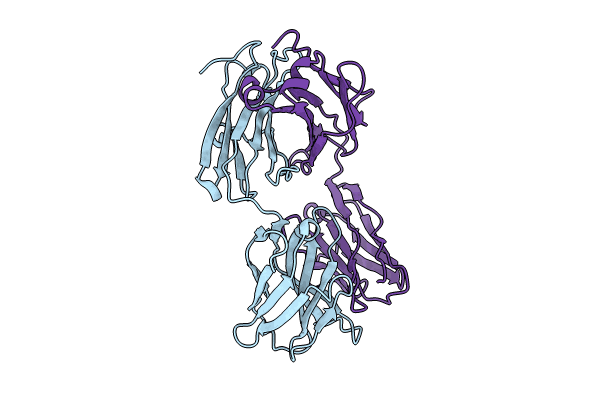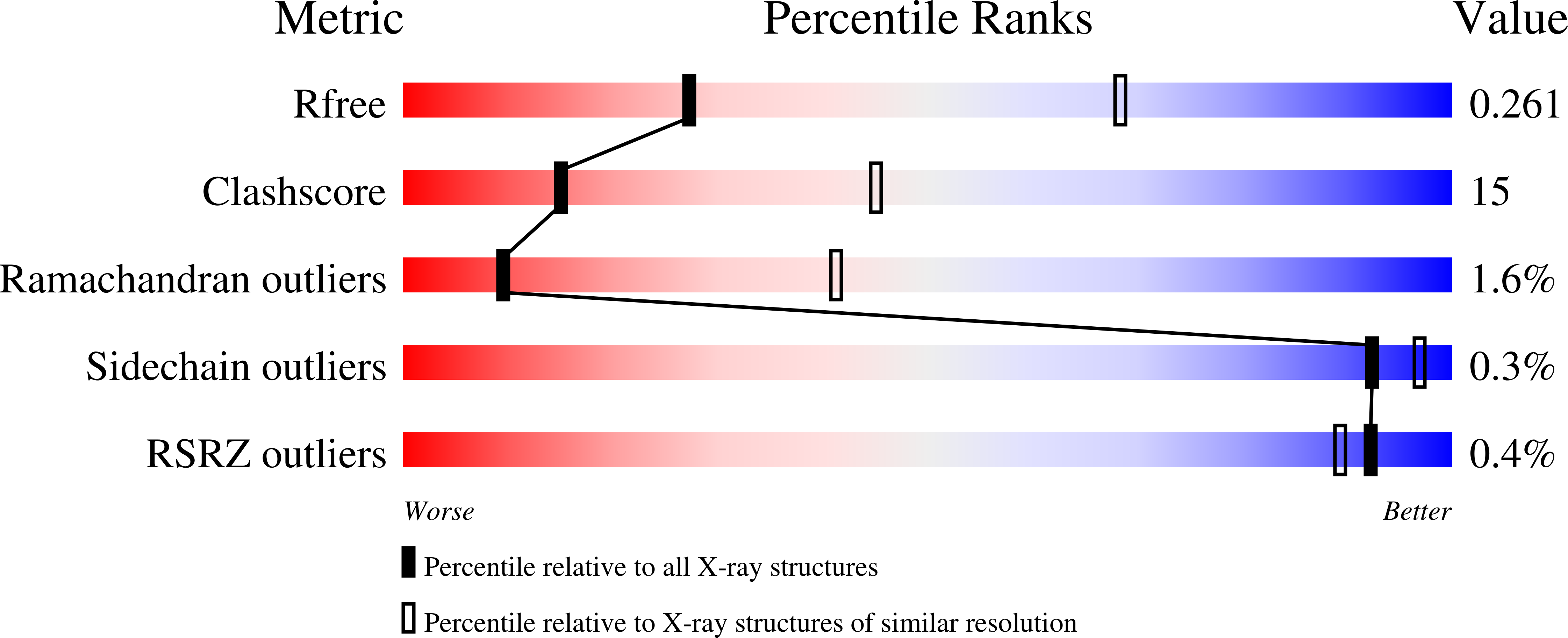
Deposition Date
2023-07-05
Release Date
2024-07-10
Last Version Date
2025-01-15
Method Details:
Experimental Method:
Resolution:
3.18 Å
R-Value Free:
0.26
R-Value Work:
0.23
R-Value Observed:
0.23
Space Group:
P 31 2 1


